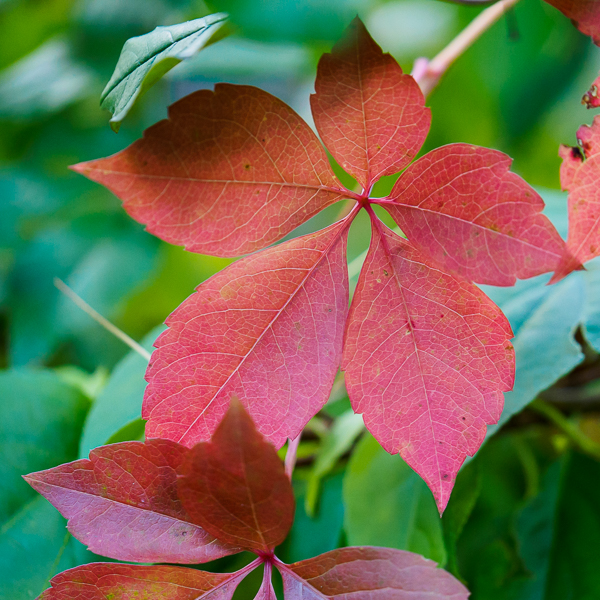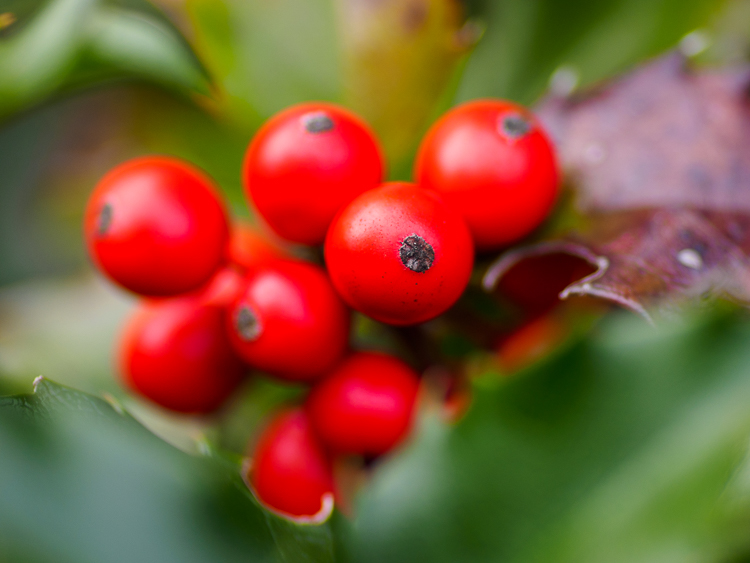I am spending a relaxing Sunday morning going through images from this past year, making decisions along the way as to what to keep and what to delete. I also want to be sure I have "keyworded" most images before moving all to their permanent folder on my hard drive.
Unfortunately the pint of Guinness photo was too blurry to show here.
[Via Lightroom: All images incoming from my cameras to my computer in 2014 first go into a temporary "2014 Import" folder inside of "My Pictures". When I am done with my review and have given each image at least a few month to ferment a bit, I then move them to the permanent "2014" folder. For what it's worth, inside both the temporary "2014 Import" and permanent "2014" folders I have sub-folders listed by the month and sometimes by the month and activity.]Probably because I had only a small breakfast this morning, when I came to the image shown below, taken last winter, I became quite hungry! It doesn't get much better than a "bacon and blue cheese burger" consumed in a pub sitting across from your daughter the night before an awesome day of skiing together.
Unfortunately the pint of Guinness photo was too blurry to show here.



















































